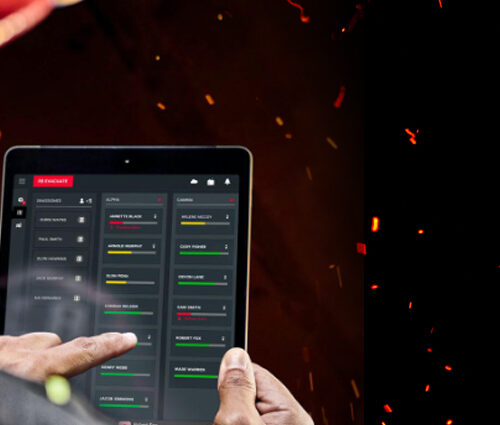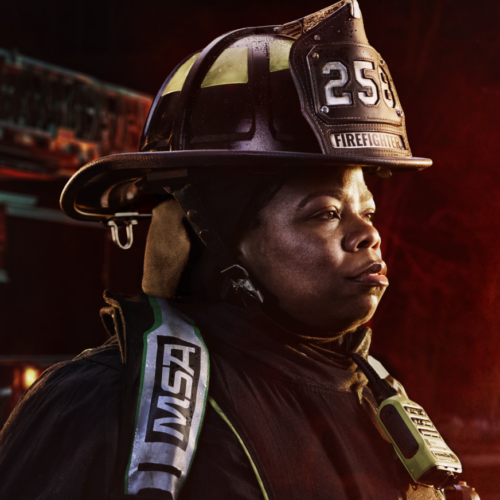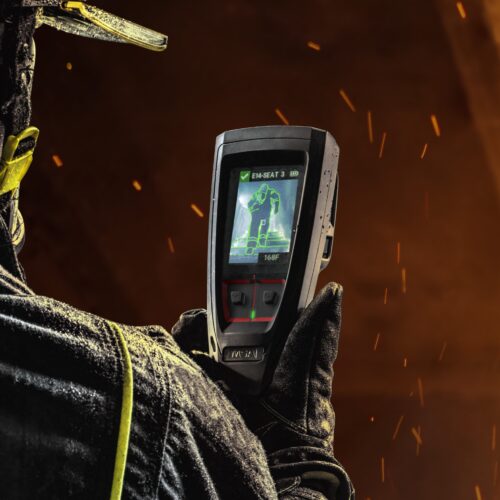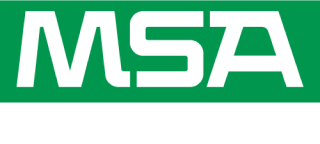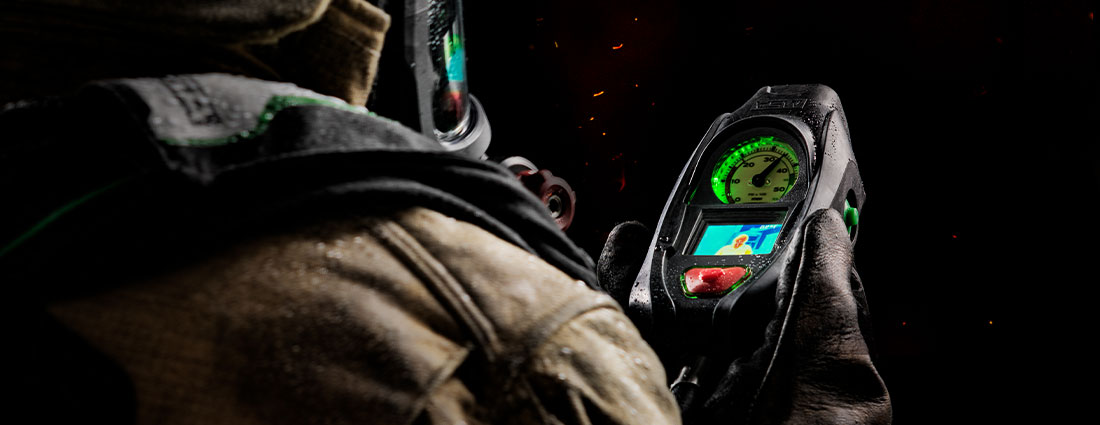
Firegrounds are dangerous places; Collapse risks, lost firefighters, or – even worse – a down firefighter, motivate manufacturers to continually innovate, incorporating ground-breaking technologies into SCBAs that go beyond just breathing air.
Fire departments now view SCBA purchases in a new light: as a base technology that is scalable with embedded technological systems that improve fireground safety. Here’s why these technologies are so important.
SCBA’s new role
An SCBA plays an important role in confined space, technical rescue, and hazardous-materials incidents. It helps to protect firefighters by providing breathable air.
At the same time, today’s SCBAs offer technical innovations to improve firefighters’ and chief officers’ access to data through software, thermal imaging cameras, and wireless communication systems. These connected firefighter technologies enable a level of accountability never before achieved in the fire service industry.
Connecting firefighters to their equipment status, incident commanders, and each other is a necessity. Technological advancements like next-gen firefighting communications let personnel share mission-critical voice and data in real-time, such as a building’s layout and orientation, number of occupants, or whether there are hazmat risks and more.
Such data access enhances situational awareness on the fireground – making SCBAs not just air supply but a device that supports connectivity to data.
Benefits of SCBA technology
Now, fire departments can access state-of-the-art wireless cloud-ready devices as part of an SCBA purchase for enhanced vision, improved situational awareness, and real-time team connectivity.
These types of systems provide firefighter-to-firefighter ranging where firefighters are aided in locating each other using distance and direction data. Dubbed firefighter ranging, the cloud connected device combines direction and distance information with thermal imaging to find teammates in alarm. This decreases the time to make a decision and can be a life-saving tool.
Advanced thermal imaging cameras used as part of an SCBA system increase visibility. Thermal imaging cameras let firefighters see better when operating in pitch-black, smoke-filled rooms – reducing the risk of injury or getting lost in a structure fire.
Another key safety technology is a motion alarm offered on SCBAs. The alarm sounds an alert if it does not detect a firefighter’s motion – notifying command and other first responders so they can respond quickly.
Real-time GPS with a user-friendly GUI is also an invaluable technology that lets incident commanders track and monitor all personnel on the fireground, and review their location, air supply and alarm status. Commanders manage the scene with more confidence as they are armed with full situational awareness and data to assist in their decision making.
Today’s SCBA acts as a foundation for a scalable system that equips firefighters with all the revolutionary safety capabilities technology offers— making firefighters safer, whether that is through wireless connectivity, access to GPS information or thermal imaging cameras’ data to see in dark, smoky spaces.



